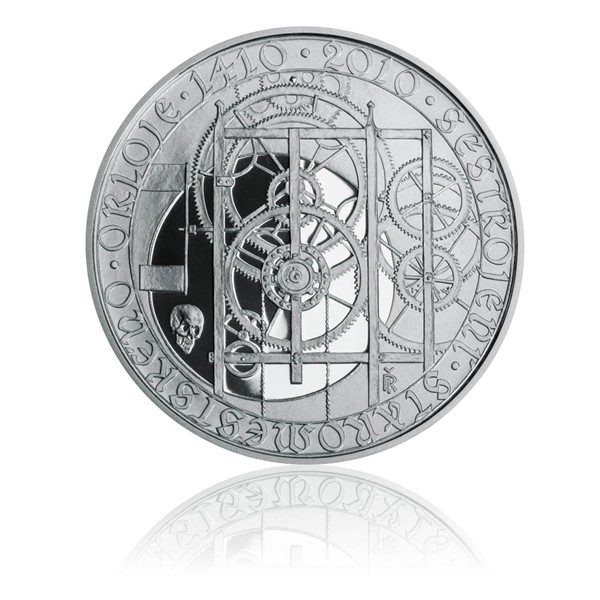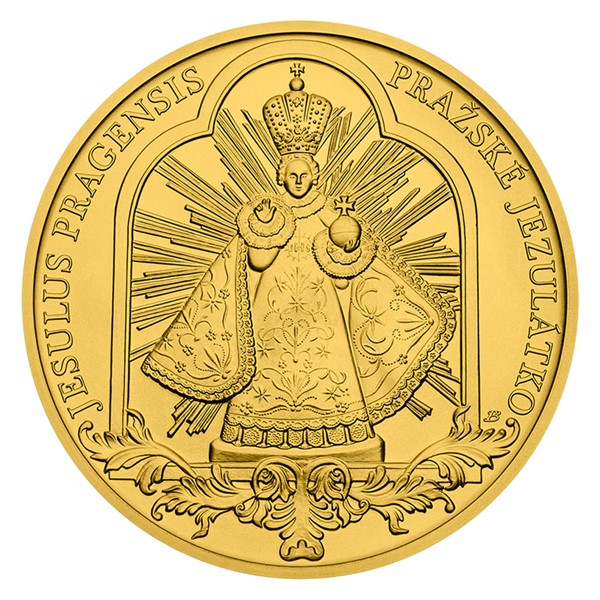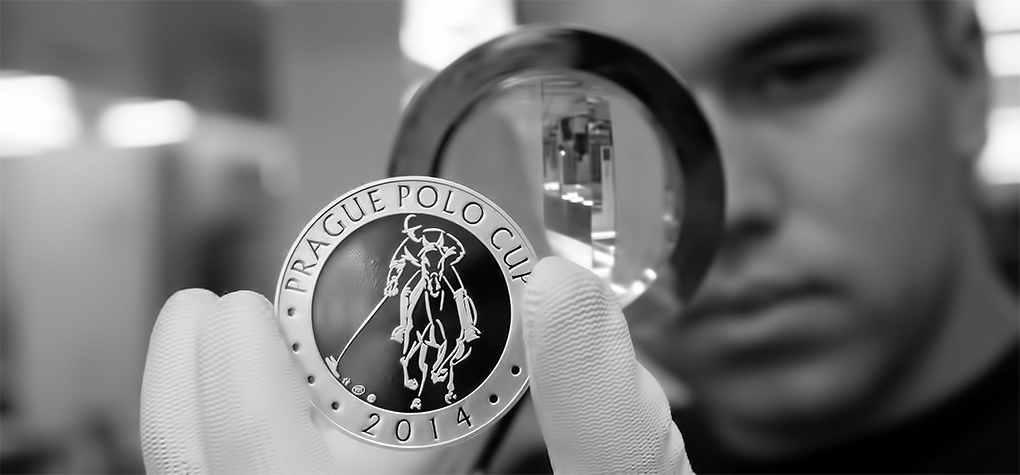Recommended Suggestions For Numbering Prague Mint Medals
Recommended Suggestions For Numbering Prague Mint Medals
Blog Article
What Can A Model Made Of Plaster Be Used To Create A Physical Representation To The Gold Coin?
There are several steps involved in the creation of the "maquette", or plaster mold, that is based on the style of a gold or silver coin. The first step is to take the design from the coin or medal as a source. The design can be drawn by hand or a digital image made using graphic design software.Choosing the appropriate medium- Plaster is the most common material used for maquettes due to its flexibility and ease of sculpting. Other materials, such as wax or clay could be utilized.
Plaster preparation is mixed with water to make a workable consistency. It's essential to make an even mixture that is without lumps.
Base Creation- To sculpt the maquette it requires a base or platform must be built. This base could be a wooden board or an even surface that gives stability.
The Maquette is designed by using the gold design as a model. This is the process of creating a three-dimensional or relief representation of the coin.
Detailing and Refinement The artist will be focusing on the finer details, changing the contours of the design, and making sure that the proportions of the design are accurate. This stage demands precision and a keen eye for particulars.
Allowing for drying and setting Once the sculpting process is completed, the plaster should be allowed to dry. This will allow the maquette to harden and keep its shape.
After drying, the surface gets cleaned to remove bumps and rough spots.
Preservation and Sealing - To preserve maquettes and make them ready for the future process for scanning, or mold making an adhesive or a protective layer can be applied.
The resulting plaster maquette serves as a tangible, 3D representation of the gold coin or medal design. It serves as a reference to the next stage of production like digital reproduction, mold design for mass production or for artists to work on and refine the design prior to final production. Check out the best Czechoslovakia gold coins plaster molds website advice. including $20 gold piece, 1 10 ounce gold coin, apmex gold coins, gold coin 24k price, 1 0z gold price, 1 4 oz gold coin, oz gold bars, order gold coins, double eagle gold coin, 1oz of gold and more. 
How Can Highly Skilled Engraving Artists Enhance The Appearance Of Coins And Gold Medals?
Highly skilled engravers are essential in the improvement and refinement of the design of gold coins or medals. They work on the hub of work or die. They can enhance fine details and refine the design with their expertise. Check out how they achieved this Evaluation of Working Hub.
The engravers start by inspecting the working hub, or die made by the master hub, or through the Janvier machine. They evaluate the quality of the transfer and the depth.
Correction of Imperfections
Engravers correct any imperfections or inconsistencies which may be present within the design. They can use precision tools to fix minor errors or to adjust the depths or refine certain elements to ensure consistency.
Enhancing Details-
Highly skilled engravers design intricate designs by using equipment like burins, pneumatic engraving or gravers. They make use of special tools for engraving to create elaborate details.
Enhancement of Dimension and Depth
Engravers alter the depths and contours in order to create a visual depth. This process involves changing the cut's depth to emphasize specific features and create an illusion of realness.
Texture and final touches
Engravers can add texture or even finishes to certain areas of the design, which can enhance the visual appeal. Techniques such as stippling, frosting or other kinds of shading may be employed to achieve varying appearances or textures.
Inspection and Quality Control
Engravers undergo frequent inspections and checks during the engraving process to ensure that the final design is in line with the requirements for precision, clarity and aesthetics.
Collaboration and Interpretation of Art
Engravers usually work working in close collaboration with designers and artists to ensure that the design is accurately perceived. Their artistic interpretation and skill will elevate designs by introducing subtle nuances or adjusting specific aspects according to their artistic vision.
Engravers who possess exceptional skills are renowned for their precision and artistic skill when it comes to manipulating metal surfaces. Their precise work and attention to the finer details enhance the appearance of gold medals and coins. This guarantees that the final products reflect the design's aesthetics. Check out the best Czechoslovakia gold coin engravers more advice. including 1oz of gold, gold doubloons, gold medal gymnasts, buy gold pieces, 2000 sacagawea, kruger rand, 1 ounce gold bullion, 1 oz gold eagle, 100 gm gold biscuit, 2000 p sacagawea dollar and more.
How Do Gold Coins And Medals Receive Protective Coatings?
Gold medals or coins can undergo coating procedures for a variety of reasons, including protection, enhancement of appearance, or to achieve particular aesthetic results. These are some of the coating methods that are employed.
Clear protective coating (Varies) - A clear protective layer, such as a polymer or lacquer is applied to shield the coin or medal's surface from oxidation or tarnishing. This coating helps preserve the original appearance and safeguards the metal underneath.
Enhancement of Appearance
Gold plating (or gilding)- A thin layer or gold may be applied on the surface of gold coins or medals. This enhances the coin's or medal's appearance and gives the appearance of a more polished and luxurious finish.
Aesthetic Aspekte
Patinas and antique finishes may be created by using chemical treatments or coatings. This process gives a worn or oxidized appearance to the surface. It gives the character and depth of your design.
Coloring or Colorization- In some cases certain portions of the medal or coin are colored using specialized coatings or enamels in order to emphasize the design elements, add contrast or create visual interest.
Anti-Tarnish Coatings-
Anti-Tarnish Solution – If your medal or coin is intricately designed, or has certain areas that are susceptible to tarnishing you may want to apply anti-tarnish products. The coatings can keep the metal surface from discoloring or oxidized with time.
Specialized Coatings or Authentication for Security-
UV-Reactive or Luminescent Coatings- Some medals or coins may contain specialized coatings that react to UV light, revealing hidden or encrypted elements to ensure security or authenticate.
Selective Coatings to Contrast
Selective Coating Removal - Some pieces of gold and coins have had their coatings removed from specific areas to make a distinction between the polished surface and the coated surface, which highlights design elements.
Each procedure serves a specific purpose, be it to safeguard metals, enhance appearance, create specific aesthetic effects, and/or enhance security. These coatings are able to greatly enhance the look and longevity of medals and coins created of gold, thereby increasing their value and appeal for collectors. Check out the top coating Czechoslovakia gold coins website examples. including $5 gold piece, 1 10 oz american gold eagle, cost of gold coins, gold 1 dollar coin, saint gaudens gold coin, gold coin with angel on both sides, medal gold medal, british sovereign gold coin, gold quarter, buy gold and silver and more.
How Do You Feed Blanks Of Gold Into Coin Presses?
During the coining process the gold blanks are loaded into coin presses at high pressure and then stamped to make completed coins or medals. Here is an overview of how to load blanks.
In the feeder system connected to the press, the gold blanks have been previously prepared and quality checked. This feeder system will ensure an ongoing supply of blanks to the press.
Feeding Blanks into the Press
The feeder system guides each blank to the strike area of the coin presses. This ensures accurate positioning of each blank for stamping.
Alignment and Positioning
The blanks in the pressing chamber are placed, aligned, and oriented perfectly for the stamping.
Striving under High Pressure
A coin press applies high pressure to gold blanks using two dies, one stationary and the second moving. The stationary die is the negative impression of the design of the coin, while the die that moves acts as the hammer that hits the blank.
The die moving transfer the design from the blank to its surface with considerable force. The die's pressure creates the design as well as the raised relief.
Repeated Striking (Optional)Repeated Striking (Optional)
For more expensive coins or medals such as collector's or proof editions, multiple strikes might be used to create a sharper, more defined appearance or style. Each strike improves the quality on the surface.
Collection and ejection
After being struck, the coins and medals are then thrown into tray. Quality control is performed to ensure the designs adhere to specifications.
Post-Processing-
Minted coins and medals can undergo additional processing, such as edge lettering edge reeding or post-strike processes based on the design requirements or the specifications of the mint.
The process of stamping under high pressure is vital in that it transfers the desired design to the gold blanks, transforming them into medals or coins that are ready for use in collection, circulation, or commemoration. The stamping process requires preciseness as slight the variations in pressure and alignment can impact the final product's quality. Read the top rated minting Czechoslovakia gold coins more tips. including 1 oz gold coin price today, angel coin, british sovereign gold coin, cost of gold coins, buying silver, george washington gold dollar coin, gold bullion bar price, buying silver bars, 2000 sacagawea, one ounce gold bullion and more.